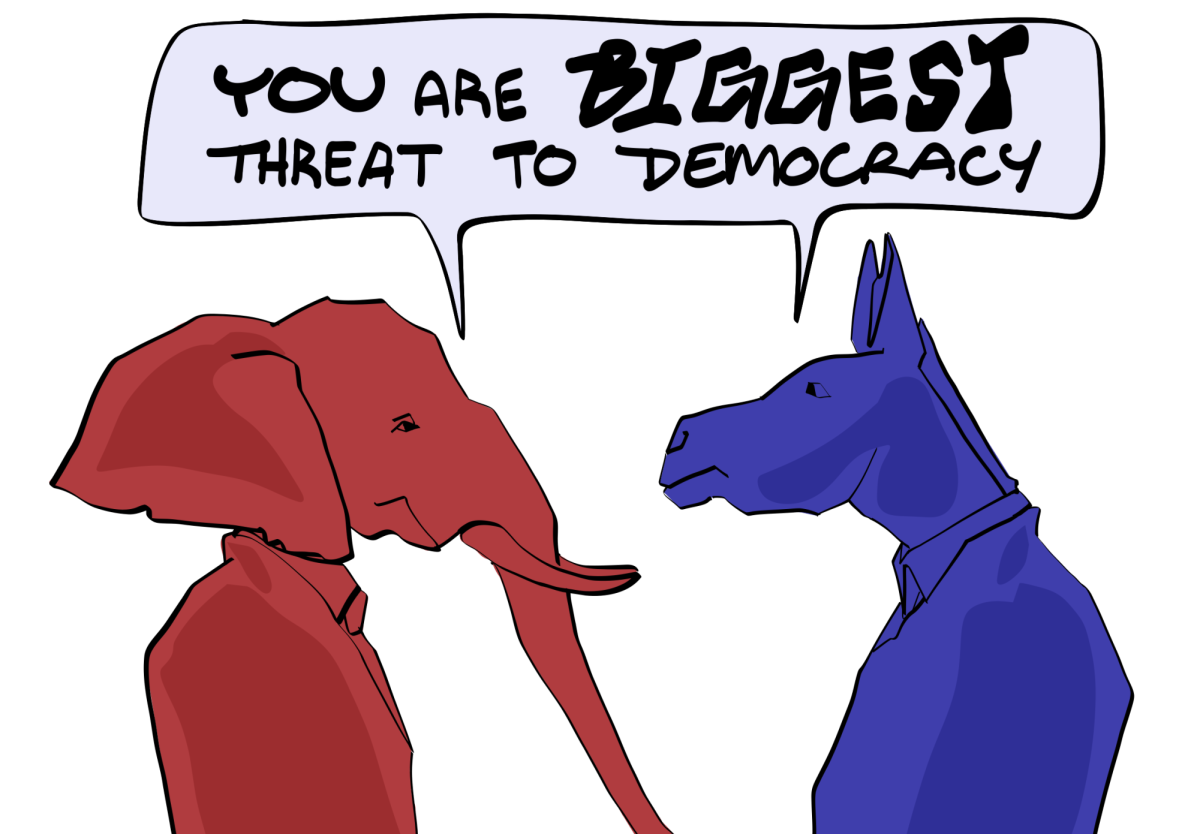
There was a time, in a galaxy far, far away, when the words “public education” meant more than they do now.
Putting the word public next to an institution’s name used to mean that it was accessible and affordable to the largest group of applicants, different from a private university.
But at some point during the last decade, as tuition was rising by at least 10 percent each year, California State University administrators became more focused on keeping low-income students from falling through the cracks.
Coming from a middle-class background, I entered school ineligible for any grants. Instead, I was offered loans, not so cleverly disguised as “awards.”
There’s nothing quite like filling out the federal financial aid application for the first time, hoping to receive some help and instead seeing I was “awarded” a loan.
Student loans remain the only award I’ve ever received that actually cost me money.
The irony stings every time I have to hit “accept award” in the Student Center.
I will leave college with these loans and they will be my motivation, as they will for many other middle-class students, to get a job soon after graduation.
A loan is no better than postponing an execution date.
Yes, there is no cost today. But four to five years down the line there will be. With interest, it will be more expensive than if tuition had been paid in full each semester.
I have all the same expenses that someone receiving grant money does. Milk is the same price at the store. Gas is just as expensive. It’s not as though I’ve been given a pass in other aspects of college life.
I’m not saying that those who receive grants are undeserving. Many people would not be able to get a college education without that help. Financial aid changes the quality of life of many students for the rest of their lives.
With that in mind though, it’s time that the priority list for financial aid changed.
There was a time when middle-class students like me didn’t complain about tuition and loans because they didn’t have to. Tuition was just more than $2000 10 years ago, a relative bargain compared to the almost $5500 students pay now.
If universities are going to call themselves public institutions, the cost should only be as high as the lowest common denominator can afford.
The current system penalizes students for their parent’s income under the false notion that they will be able to significantly contribute to education costs.
It’s broken and change would be appreciated.
Matt Murphy can be reached at [email protected] or @matthewcharlesz on Twitter.









